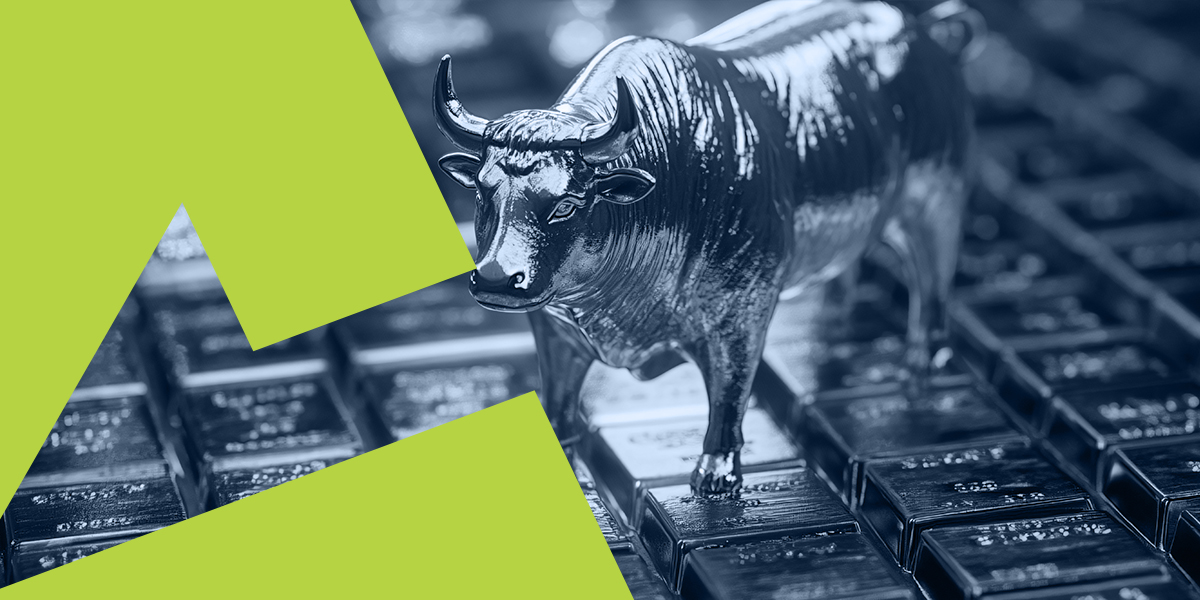The ability to trade using leverage is one of the key advantages associated with “retail” forex trading. This unique factor tends to attract more investors to forex, rather than to equities or other financial instruments, as there is the perceived opportunity to generate profits with little money down.
Leverage, however, can be a double-edged sword. While your returns could potentially be much greater than any other investment, so can your losses and herein lies the main risk with leveraged trading. The simple fact remains that, by utilizing high leverage, you could double your account balance with one trade or wipe out your entire margin with one trade. In fact, the losses that could be incurred with leveraged trading could be much more than any initial investment. Remember, the use of high leverage does not guarantee profits and, quite often, the possibility of losses is greatly enhanced.
The main benefit of leverage is that it provides the ability to place a trade (or trades) and be able to withstand market price swings. In doing so, there is the potential to profit from market moves, particularly in range-bound markets. This tends to hold true if a trader does not max out his or her available margin. By maxing out I am referring to the practice of putting on as large a position as your account equity allows at whatever leverage you have chosen.
So the question I pose is this: can a true STP/ECN broker realistically offer 500:1 leverage?
Unlike Market makers, a true STP/ECN broker routes all of their client trades directly to banks or other non-bank liquidity providers. They take no market risk in-house and simply act as intermediaries, or conduits, between the client and the liquidity provider. The broker generates revenue either from commissions charged per trade or by including a small mark-up on their bid/ask spread or, in some cases, a combination of both. They do not benefit from their client’s losses nor do they suffer when the client makes money. A true or reliable STP /ECN broker will be connected to multiple liquidity providers thus providing both a strong market depth and a better fill ratio for their clients. To take it a step further, a successful and financially stable broker will have a Tier 1 Prime Broker (PB) relationship or a relationship with a reputable Prime of Prime, where trade settlement occurs.
A true STP broker will be getting “institutional” leverage from its bank liquidity providers or “prime of primes”. Banks tend to offer anywhere between 10:1 and 25:1 maximum leverage depending on numerous factors from credit worthiness to the currencies being traded. Leverage greater than 30:1 in the Tier 1 (Bank) PB environment is unheard off, and it’s rare to be granted anything above 50:1 in the prime of prime space. At the end of the day, it is the broker’s responsibility to maintain sufficient funds with their prime broker in order sustain their client trades and to ultimately avoid a margin call (in much the same way that it’s the responsibility of the clients themselves to maintain sufficient funds with their brokers).
Hopefully you can now see why pure liquidity providers and/or “prime of primes” are rarely able to offer higher leverage than what they themselves receive from their own prime broker. In order to offer high leverage, the broker would have to put up many times more capital to sustain positions than what their clients would be required to maintain with them. As an example, say a client places a trade of USDJPY 5,000,000 at a leverage of 500:1. This trade will require margin of USD 10,000 (5,000,000 / 500). To place the corresponding matching trade with its bank liquidity provider at 25:1 leverage, the broker would need to employ margin of USD 200,000 (5,000,000 / 25) with its prime broker. The broker therefore has to use 20 times more capital than the client to maintain the same size trade. Now multiply this scenario by a factor of X for multiple clients trading and you can see the issue that the broker faces.
In the above example, there may be occasions where the broker runs out of margin with its prime broker (and has their position liquidated) long before the client runs out of margin with the broker itself. The client could realistically profit from a position that the broker takes a loss on, even though they are running an STP/DMA business model.
Alternatively, an extreme situation could arise where the market moves so violently that clients suffer severe losses due the combination of high leverage and large-sized trades. These losses could even result in the clients experiencing negative account equity where their losses exceed the money on deposit with the broker. Meanwhile, the STP broker is still liable for the very real losses with its bank prime broker even though there is very little chance of their ever recouping the negative equity on the client account. A case in point is the turmoil following this year’s SNB decision which negatively impacted many brokers and forced several to close.
One thing to remember in all of this is that in today’s, post SNB world, banks are very particular as to who they will extend credit to. A major money center Prime Broker therefore, would not take a broker offering high leverage as a client, especially given the risks involved. If you hear of someone marketing themselves an “institutional liquidity provider”, or “prime broker” and they are offering anything much above 100:1 leverage then don’t be fooled; it’s quite possible that they are operating a market-maker/dealing desk model in some shape or form.
Clients should do as much due diligence as possible before choosing an STP-type broker. Find out how many liquidity providers the broker has? What type of liquidity providers are they, banks or non-banks? Who is their prime broker? What is the maximum leverage they will offer? The more you know, the easier your decision will be. I wish you all a safe and successful trading experience.






